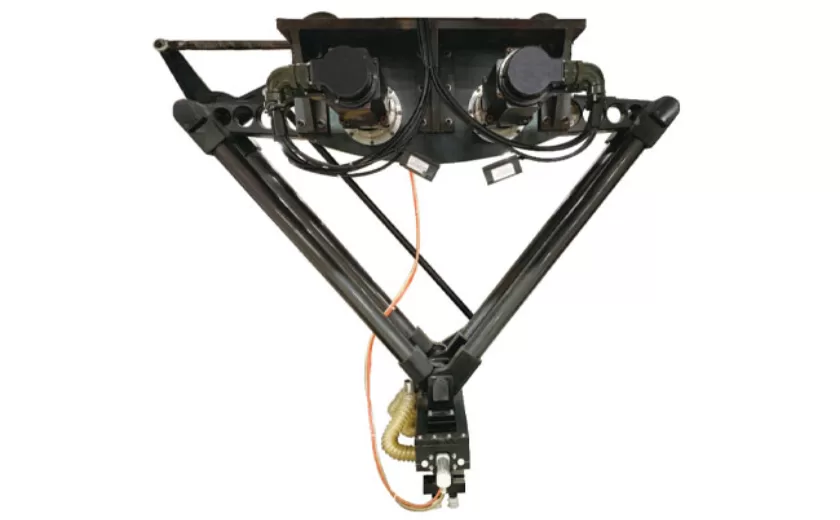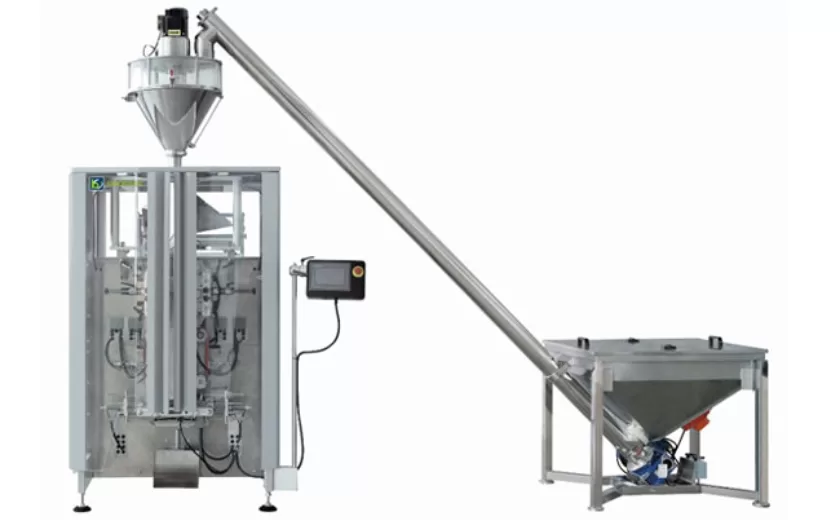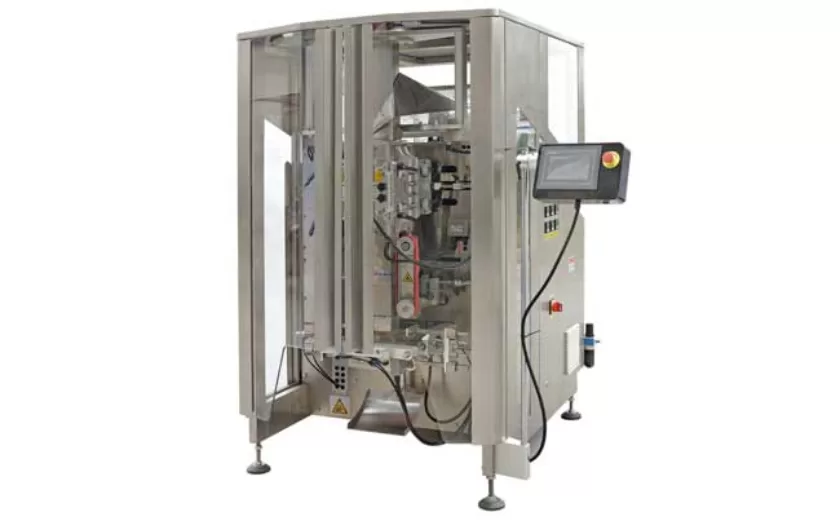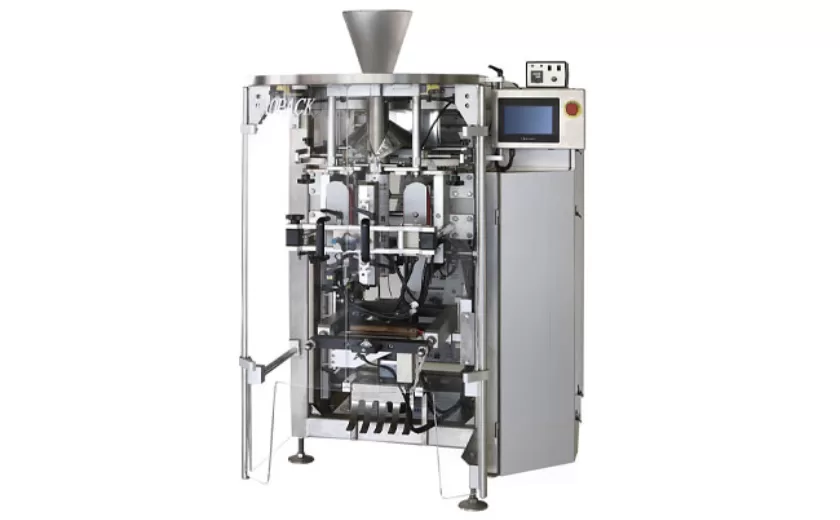Troubleshooting Common Issues with Vertical Wrapping Machines
Vertical wrapping machines play a crucial role in packaging industries by automatically wrapping products with various film materials. However, these machines can encounter operational issues that hinder their efficiency and accuracy. Troubleshooting common problems is essential to ensure optimal performance and prevent downtime.
Mechanical Issues
Film Breakage: This can occur due to excessive tension, misalignment of sealing rollers, or foreign objects within the film path. Inspect the film tension settings, ensure proper alignment, and remove any debris or obstructions.
Sealing Failure: Poor sealing can result from incorrect sealing temperature, inadequate pressure, or film contamination. Check the sealing temperature, adjust the pressure, and clean the sealing area regularly.
Electrical Issues
Motor Overload: Overloading can happen when excessive product weight or resistance is encountered. Reduce the product load, check for any jammed items, and inspect the motor connections.
Sensor Malfunctions: Sensors are critical for detecting product presence, film position, and errors. If sensors fail, the machine may stop or operate incorrectly. Examine the sensor wiring and connections, clean the sensors, and perform calibration procedures.
Product Issues
Product Misalignment: This can occur due to uneven product shape, incorrect product orientation, or improper positioning of the product guides. Adjust the product guides, ensure proper loading, and optimize the product orientation.
Excess Film Usage: Excessive film usage can lead to wasted materials and higher costs. Check the film tension settings, optimize the film overlap, and adjust the product positioning to minimize film waste.
Environmental Factors
Humidity and Temperature: Extreme humidity or temperature can affect film properties and machine performance. Use moisture-resistant film materials, control the environmental conditions, and monitor the temperature.
Troubleshooting Steps
1. Identify the Problem: Observe the machine’s operation and determine the specific issue being encountered.
2. Examine the Likely Causes: Consult the machine manual or seek assistance from experienced technicians to identify common causes associated with the problem.
3. Implement Corrective Actions: Perform the necessary steps to resolve the issue, such as adjusting settings, cleaning components, or replacing parts.
4. Verify the Resolution: Test the machine’s operation to ensure the problem has been resolved.
5. Document and Prevent: Record the troubleshooting steps and any corrective actions taken. Implement preventive measures to minimize the likelihood of similar issues in the future.
Conclusion
Troubleshooting common issues with vertical wrapping machines is crucial for maintaining optimal packaging performance. By understanding the potential causes and following systematic troubleshooting steps, operators can effectively resolve problems, minimize downtime, and enhance the overall efficiency of the packaging process. Regular maintenance, calibration, and proper operator training also play vital roles in preventing and resolving issues.
-

Advanced Packing Solutions: Snacks, Sugar, and Frozen Food Machines
29-10-2025 -

Efficient and Reliable Solutions for Salt, Nuts, and Frozen Dumplings Packing
29-10-2025 -

High-Performance Biscuits, Lollipop, and Ketchup Packing Machines for Modern Food Production
29-10-2025 -

Efficient Liquid Filling and Packing Machines for Modern Production
23-10-2025 -

Reliable Granule Packaging Machines for Efficient Production
23-10-2025 -

Efficient Auger Powder Filling Machines for Accurate Packaging
23-10-2025 -

High-Performance Liquid Filling and Packing Machines for Hygienic Production
10-10-2025 -

High-Efficiency Granule Packaging Machines for Precision and Speed
10-10-2025 -

High-Precision Auger Type Powder Filling Machines for Efficient Packaging
10-10-2025 -

Efficient Vertical Form Fill Seal Packaging Machines for Smart Production
10-10-2025





